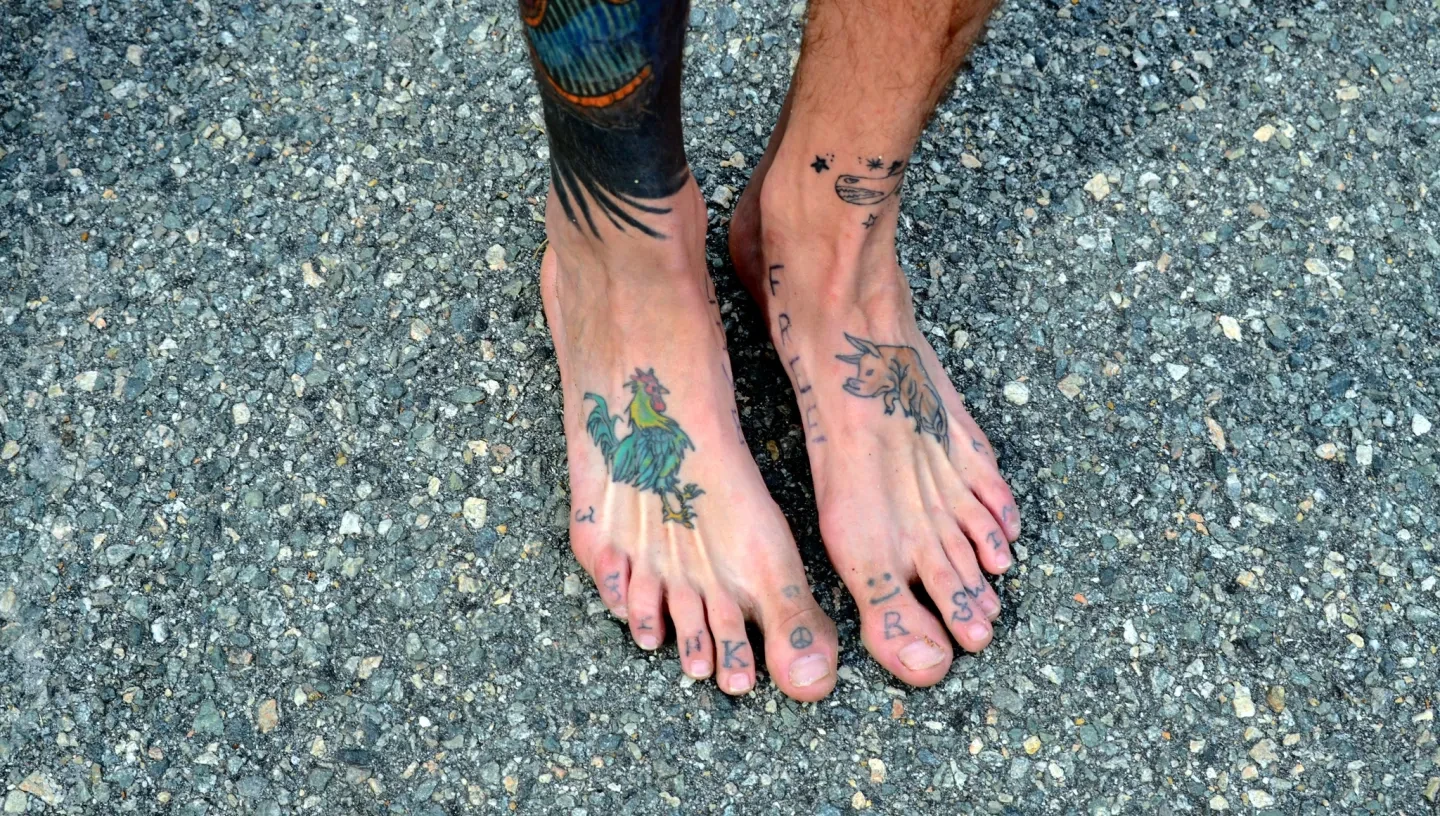
Facts about tattoos
The art of tattooing has existed for many centuries, across different cultures. We list 10 interesting facts about them and what they mean.
The art of tattooing has existed for many centuries, across many different cultures. The word 'tattoo' is derived from the Tahitian word 'tatau', meaning to mark. It was first used in the published account of British explorer Captain Cook's first voyage, which appeared in 1769.
10 interesting facts about tattoos
Sending secret messages
Tattooing has been used as a way of smuggling secret messages across enemy lines in times of war. The 5th century BC Greek historian, Herodotus, records how Histiaeus of Miletus sent a tattooed secret message to his son-in-law, Aristagoras. Histiaeus, who was being held against his will, shaved the hair of his slave and tattooed the message on to his head. When the slave's hair had grown back sufficiently to hide the tattoo, he was sent to Aristagoras, who shaved his head and read the message.
Collection of tattooed heads
In the late 18th and early 19th centuries, collecting tattooed Maori heads became so popular in Europe that many Maoris in New Zealand were murdered to supply the trade.
Holystoning
European missionaries in the Cook Islands tried to remove tattoos by scrubbing them off with sandstone. This practice was known as ‘holystoning’.
Özti the iceman
In October 1991, the 5,000 year-old frozen body of a Bronze Age hunter was found between Austria and Italy. The body, nicknamed Özti the iceman, was found in a glacier and was so well preserved that scientists were able to make out a number of tattoos. These included a cross on the inside of the left knee, six straight lines above the kidneys and a series of parallel lines on the ankles.
Royal tattoos
King Harold II of England had a number of tattoos. After his death at the Battle of Hastings in 1066, his tattoos were used to identify his body.
Many other royals throughout history have been tattooed. In 1862 the Prince of Wales, later King Edward VII, had a Jerusalem Cross tattooed on his arm on a visit to the Holy Land. When his sons, the Dukes of Clarence and York (later King George V) visited Japan in 1882 they both had dragons tattooed on their arms.
Sailors’ tattoos
A pig tattooed on one foot and a rooster on the other were said to protect a seaman from drowning. As neither animal can swim, it was thought they would help get the sailor swiftly to shore if he fell in the water.
Other popular tattoos among sailors are also attributed with meanings:
• A full-rigged ship shows the seaman has sailed round Cape Horn
• An anchor indicates he has sailed the Atlantic Ocean
• A dragon denotes that the bearer has served on a China station
• A shellback turtle shows the sailor has crossed the Equator
• ‘Hold’ tattooed on the knuckles of one hand and ‘fast’ on the other were said to allow the bearer to grip the rigging better.
Fashionable tattoos
It became fashionable in the late 19th and early 20th centuries for aristocrats to be tattooed. At the time, tattooing was very expensive and people paid large sums for designs. Later, as costs reduced, tattooing was adopted by the lower classes and the practice fell out of favour with the elite. Winston Churchill's mother, Lady Randolph Churchill, had a snake tattooed on her wrist.
Signs of faith
Early Christians often had the sign of the cross tattooed on their bodies. Such tattoos were seen as a permanent mark of the believer's faith. Around AD 325, however, the Emperor Constantine outlawed tattooing of the face because he believed that the face was in God's image and should not be disfigured.
First tattooed man in England
The first tattooed man to be shown publicly in England was a Pacific islander known as Prince Joely. He was brought to England in 1691 by William Dampier, a famous buccaneer and author of a Voyage Around the World, an account of his travels with privateers and pirates.
Rituals in pain
Pain was an important part of tattooing for Polynesian societies. In Tahiti, the chief's son was watched closely as he was tattooed for signs of pain. In Samoa, it was often said that tattooing was the equivalent for men of the great pain a woman endured when giving birth.